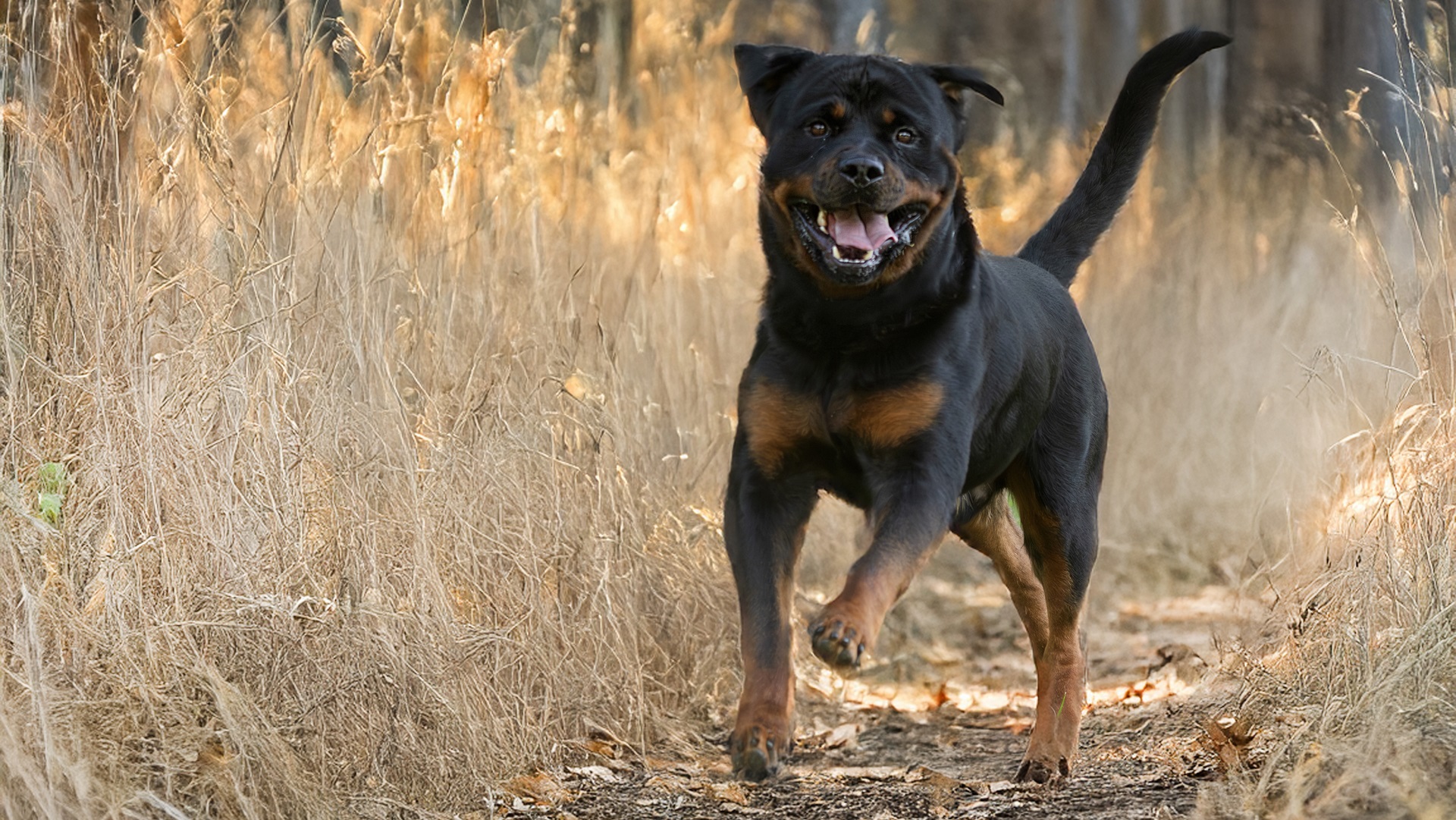The word “vicious” gets tossed around far too easily when it comes to dogs, and often unfairly.
We’ve all heard the headlines: “Dangerous Pit Bull attacks,” or “Aggressive Rottweiler incidents.” But behind the labels and fear-mongering lies a more complex truth: breed does not equal behavior.
Some of the most misunderstood dogs are also the most loyal, trainable, and affectionate companions you could ever ask for. So why do certain breeds carry a “vicious” reputation?
Is it nature, nurture—or just media hype? Let’s dive deep into the truth about so-called dangerous dog breeds.
Whether you’re a potential dog owner, an animal advocate, or just someone curious about canine behavior, this myth-busting guide will change how you view the world’s most controversial pups.
Let’s separate fear from fact—because every dog deserves a fair chance.
Vicious Dog Breeds
1. American Pit Bull Terrier

Ah, yes, the American Pit Bull Terrier—the breed that supposedly sends mail carriers running and neighbors clutching their pearls.
With muscles on muscles and a confident strut, Pit Bulls often get labeled “dangerous dogs” faster than you can say “sit.” But here’s the twist: under that tough exterior is usually a goofy cuddlebug who thinks they’re a 60-pound lapdog.
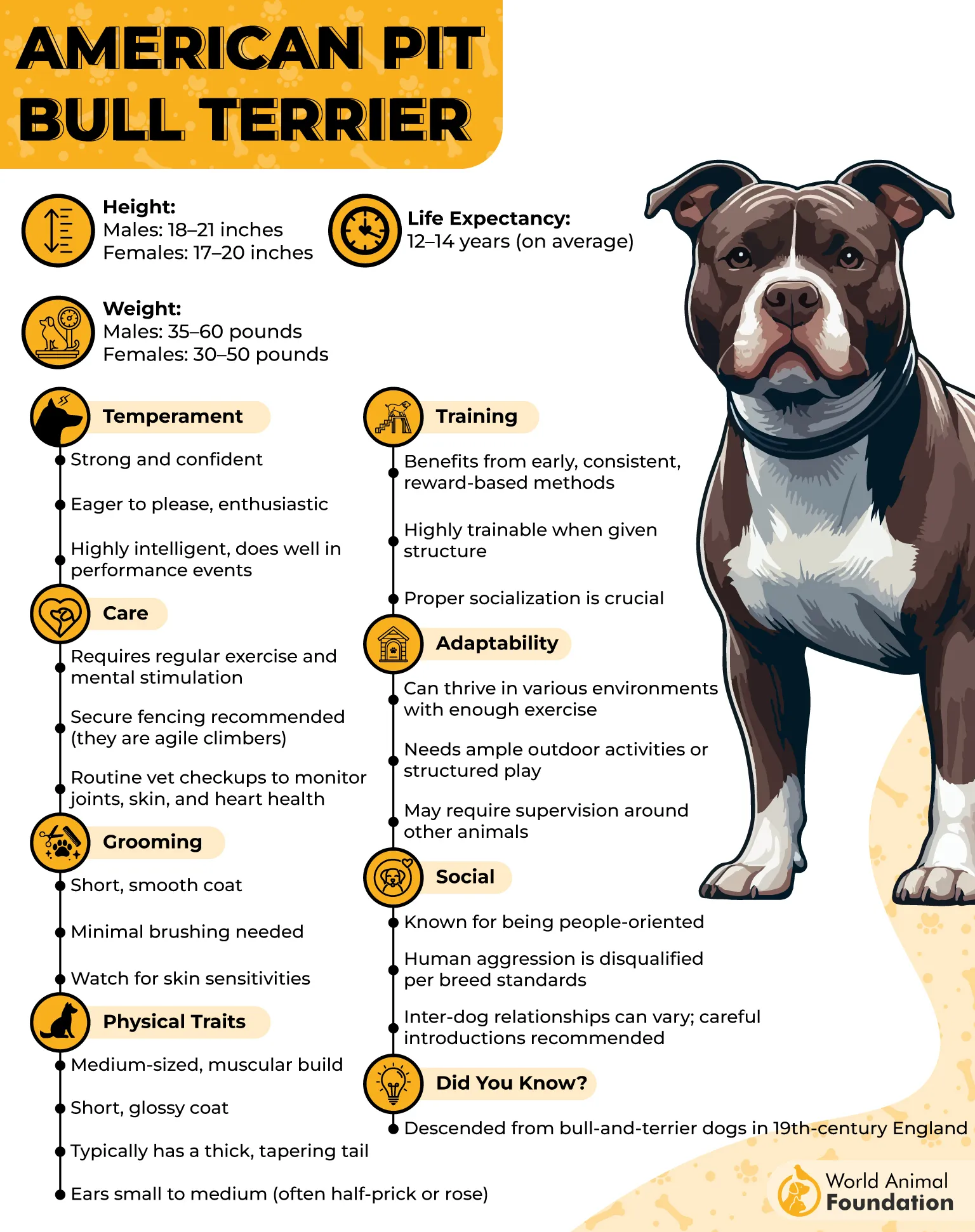
Originally bred for bull-baiting and later used in dog-fighting rings, Pit Bulls inherited a reputation for aggression. Throw in some media hype, and they were practically cast as canine villains. Pit bulls are frequently regarded as the most dangerous dog breed in the world.
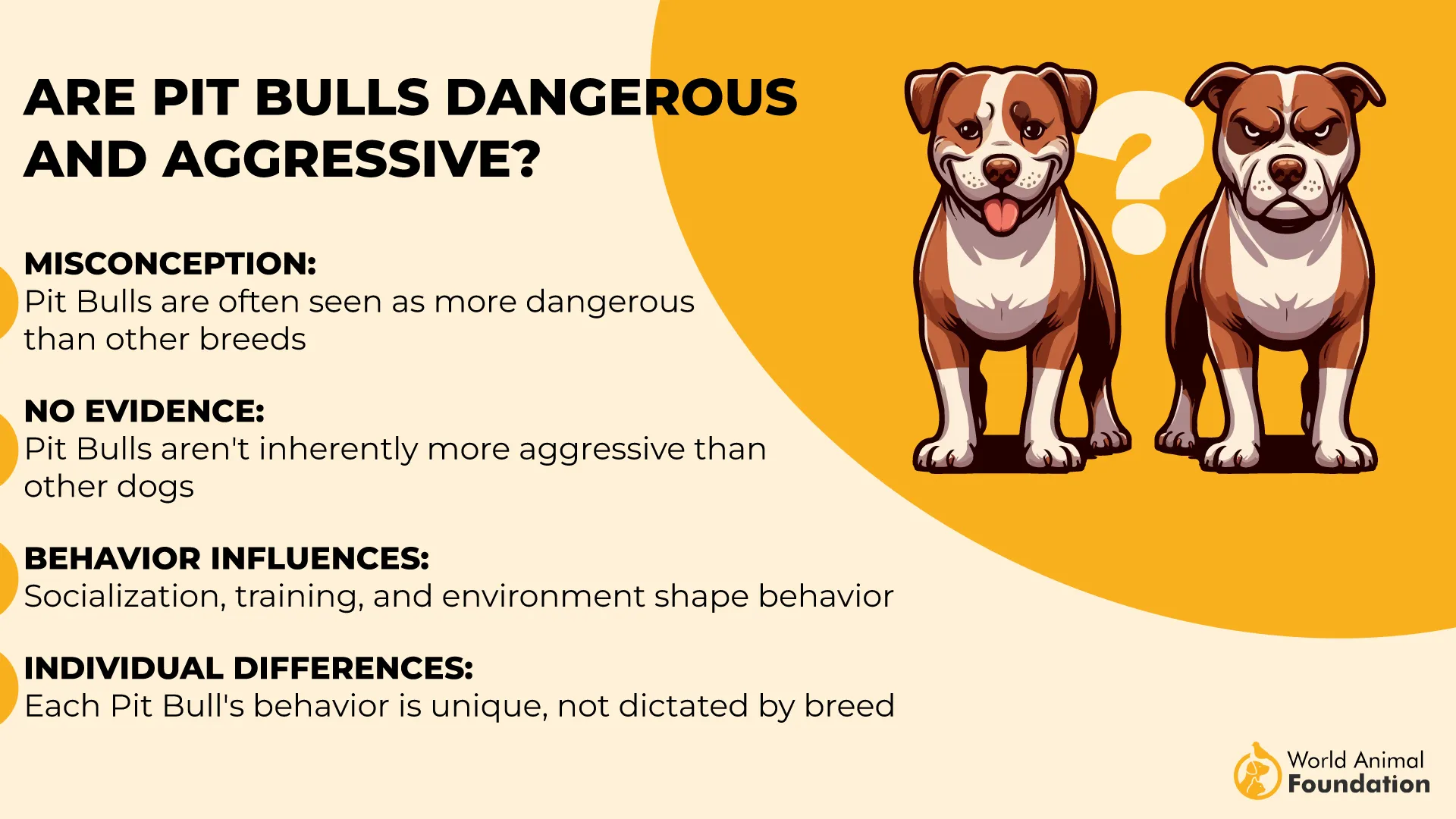
Although they make up only about 6% of the dog population in the U.S., they are responsible for nearly 70% of all fatal dog bite incidents.
But let’s be honest—the real danger is often the human at the other end of the leash.
Despite the hype, Pit Bulls are:
Clowns in fur coats: Watching one chase bubbles is comedy gold.
Loyal to the bone: Once bonded, they’ll love you more fiercely than your ex ever did.
Great with kids (when raised right): They were once called “nanny dogs” for a reason.
Sure, they’re not low-maintenance. They need training, socialization, and someone who won’t let them become couch tyrants. But if you’re up for the challenge, you’ll find a smart, affectionate, and hilarious companion.
So, are Pit Bulls dangerous dogs? Only in the same way a sports car is dangerous—when handled irresponsibly. In the right home, they’re not monsters… they’re just misunderstood softies who snore like grandpas and love like champs.
2. Rottweiler
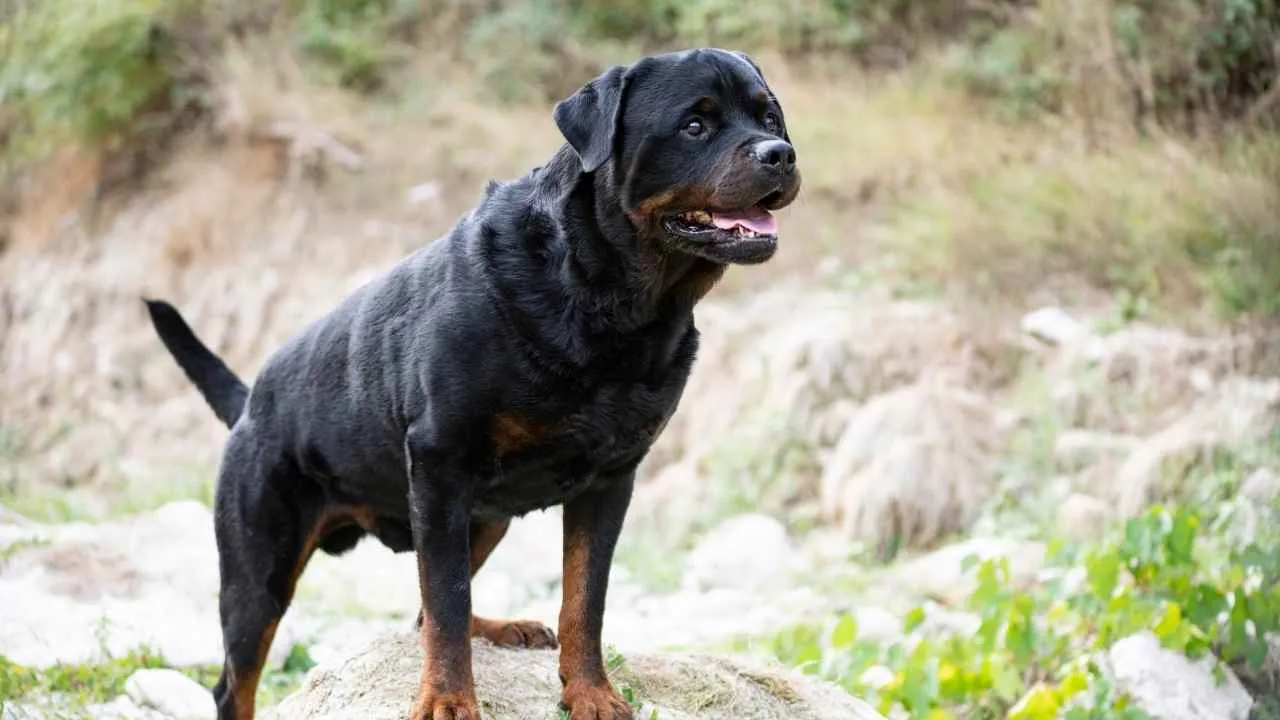
Meet the Rottweiler—a dog that looks like it bench-presses in its spare time and moonlights as a bouncer. With their muscular build, deep chest, and intense stare, Rottweilers have long been typecast as the “bad boys” of the dog world. But are they truly dangerous dogs? Well, only if belly rub theft counts as aggression.
These dogs were originally bred to drive cattle and pull carts—basically, the blue-collar workers of the canine kingdom. Rottweilers possess a strong bite force and are often ranked among the most dangerous dog breeds.
Rottweilers have been linked to 45 fatal dog attacks and are known for their powerful bite, which they are capable of using effectively.
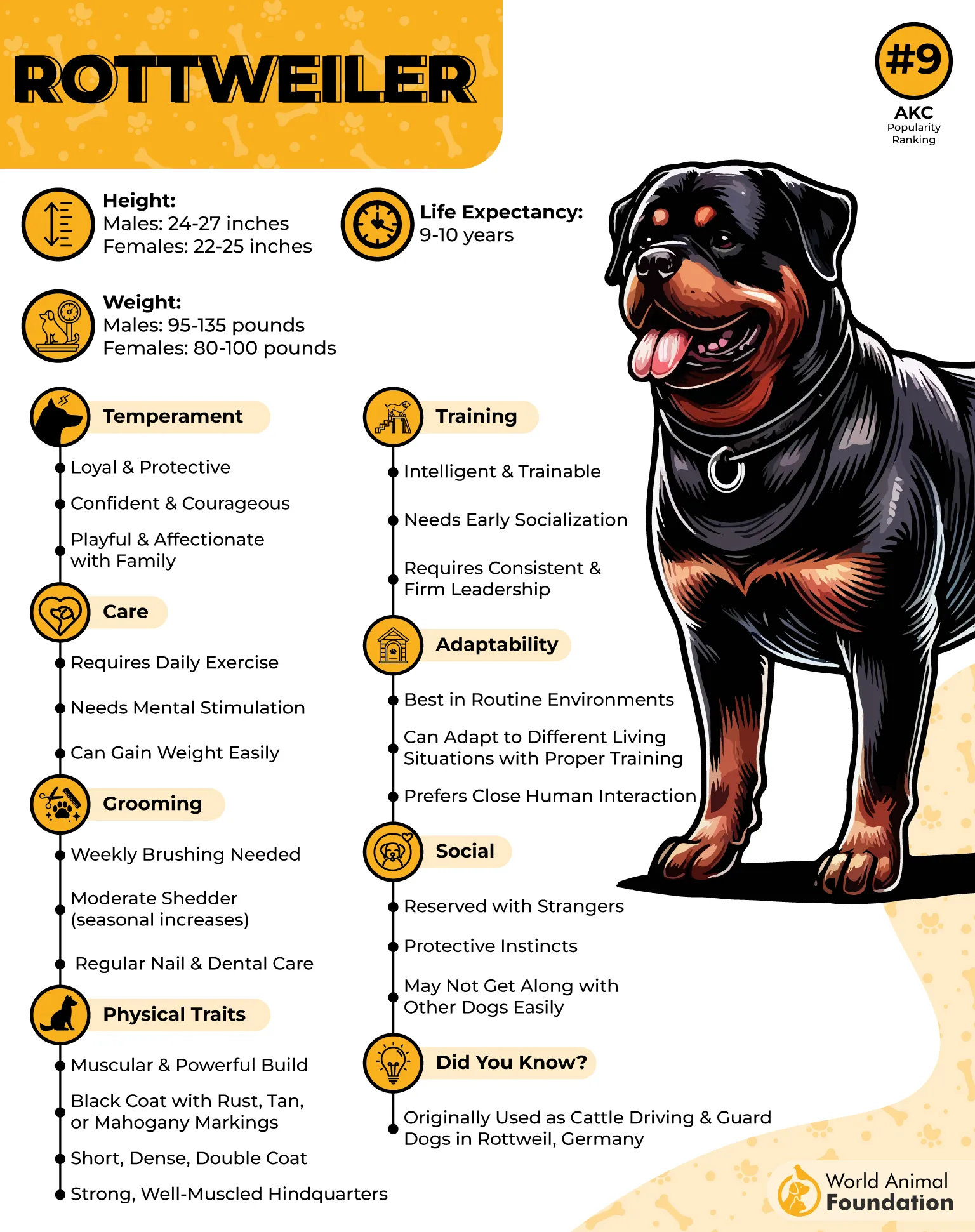
That working-dog DNA means they’re strong, smart, and fiercely loyal. But they’re not for the faint of heart or the weak of leash.
Natural protectors: They’ll guard your house, your family, and sometimes even your sandwich.
Big softies with their people: Their love is deep and real, like “follow-you-to-the-bathroom” real.
Sharp as a tack: Train them right, and they’ll outsmart your smart TV.
Rottweilers aren’t aggressive by default. They just need leadership, structure, and a good outlet for their energy (and yes, snacking doesn’t count as cardio). Handled poorly, they can become reactive. Handled well, they’re loyal teddy bears with built-in home security features.
3. American Bulldog
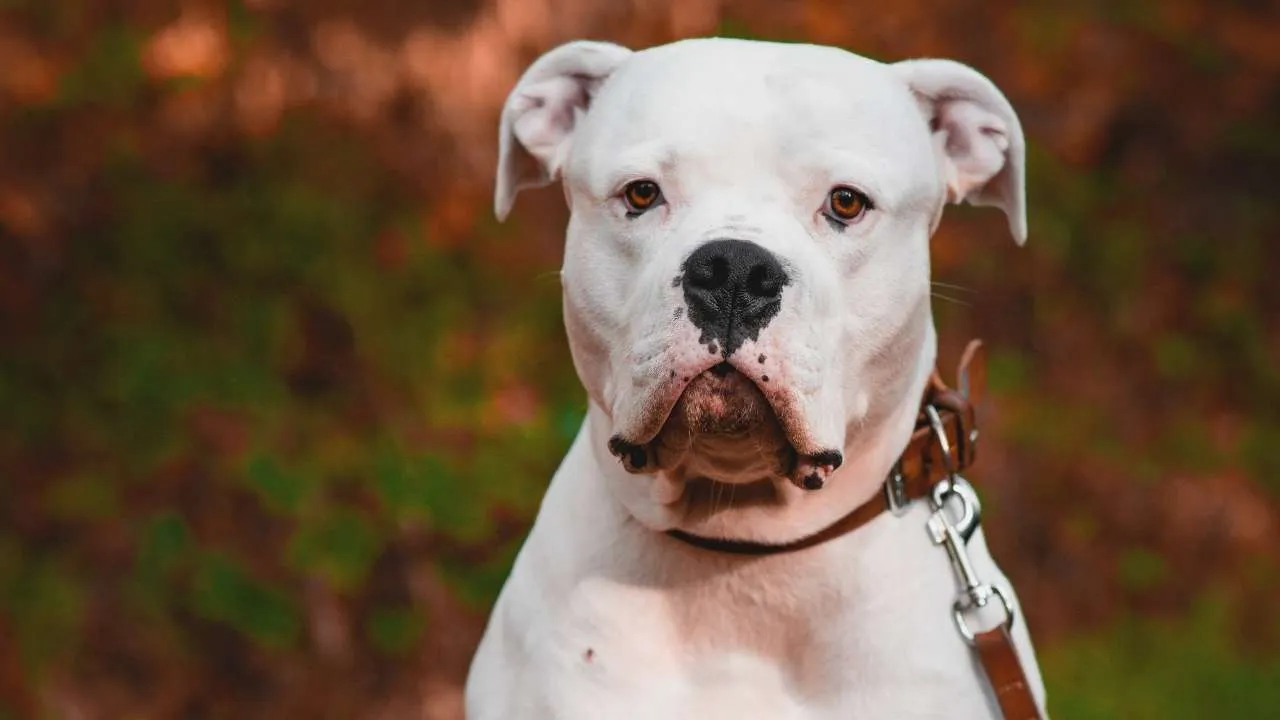
The American Bulldog—the bulldog’s bulkier, bolder cousin who looks like he’s been skipping leg day but never misses chest day. Unlike the British Bulldog, the American Bulldog is a strong, athletic working breed built for power and endurance. With a square jaw, a wide stance, and a grin that says, “Let’s wrestle,” these dogs can look intimidating… until you realize they’re giant toddlers in disguise.
According to the AKC, small farmers and ranchers relied on this versatile working dog for a variety of jobs, including guarding the farm, herding livestock, and catching animals. This medium-to-large, muscular breed can grow up to 25 inches tall and typically weighs between 60 and 100 pounds.
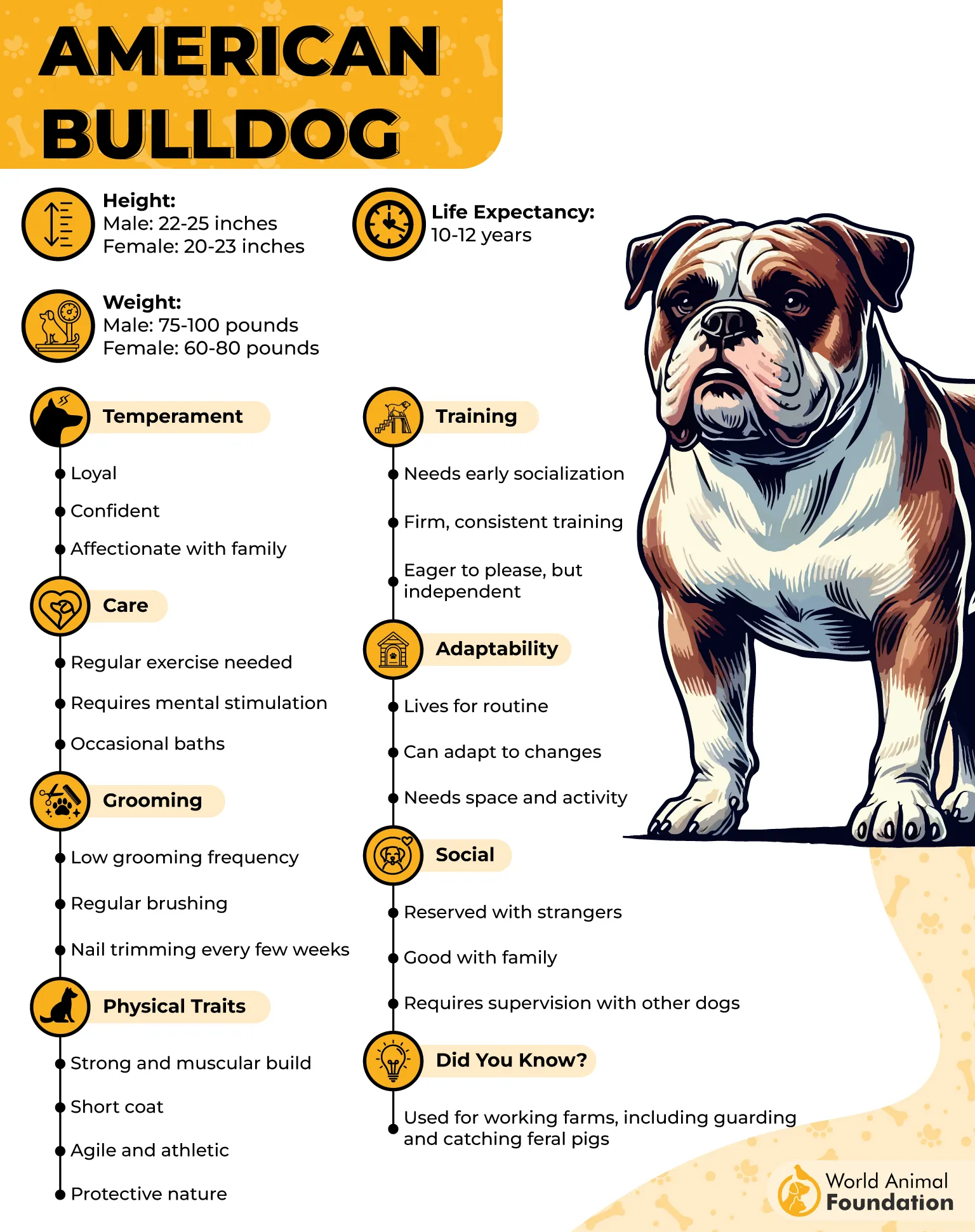
Bred for farm work and guarding property, the American Bulldog is strong, confident, and packed with personality. They’re fearless, sure—but mostly fearless in the face of vacuum cleaners and squirrels.
Comedic charm: They trip over their own feet and somehow make it look adorable.
Loyal to the end: Once they love you, it’s ride-or-die.
Energetic and playful: Think of them as the linebacker version of a Labrador.
Like other powerful breeds, American Bulldogs need firm guidance, early socialization, and a job to do—whether that’s fetch, farm work, or just supervising the backyard. Without that, they can become destructive… mostly to your shoes.
During the study, this breed accounted for 3.5% of all fatal dog attacks, resulting in 15 deaths. While the number may seem small, it’s notable considering the breed isn’t often mentioned alongside others on the list. They also have a powerful bite and enough strength to knock down a fully grown adult.
So, dangerous dogs? Kind of. In the right hands, these big, lovable bruisers are affectionate, fun, and deeply devoted members of the family, just with a little extra drool.
Before getting an American Bulldog puppy, consider your lifestyle. They’re great for active people who jog or hike, but may not be ideal for those living in small apartments or who prefer a more sedentary lifestyle.
4. Siberian Husky
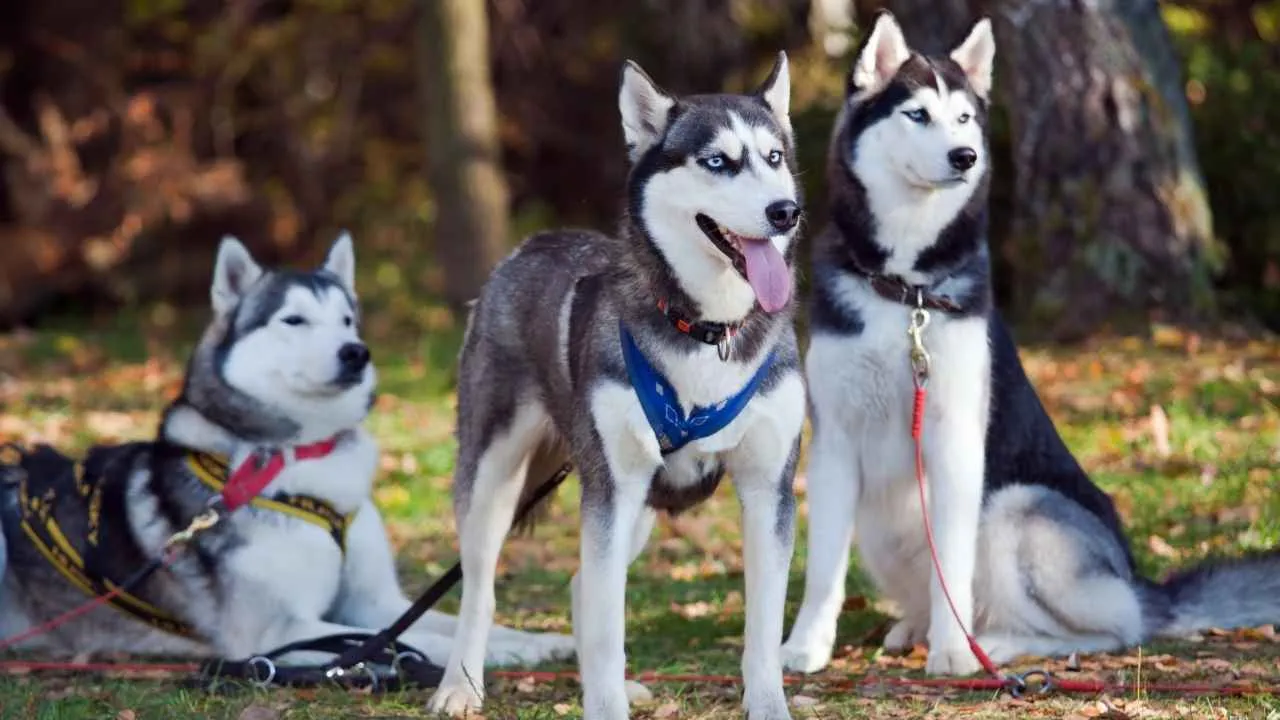
The Siberian Husky: part-time sled dog, full-time escape artist, and chaos enthusiast. With their icy blue eyes and wolf-like looks, Huskies give off serious “don’t mess with me” vibes… until they start talking. And by talking, we mean yodeling, howling, whining, and holding full-blown arguments with their humans over dinner.
Siberian Huskies, standing 20–23.5 inches tall and weighing up to 60 pounds, are known for their vocal nature and boundless energy. They thrive in homes with active, experienced owners.
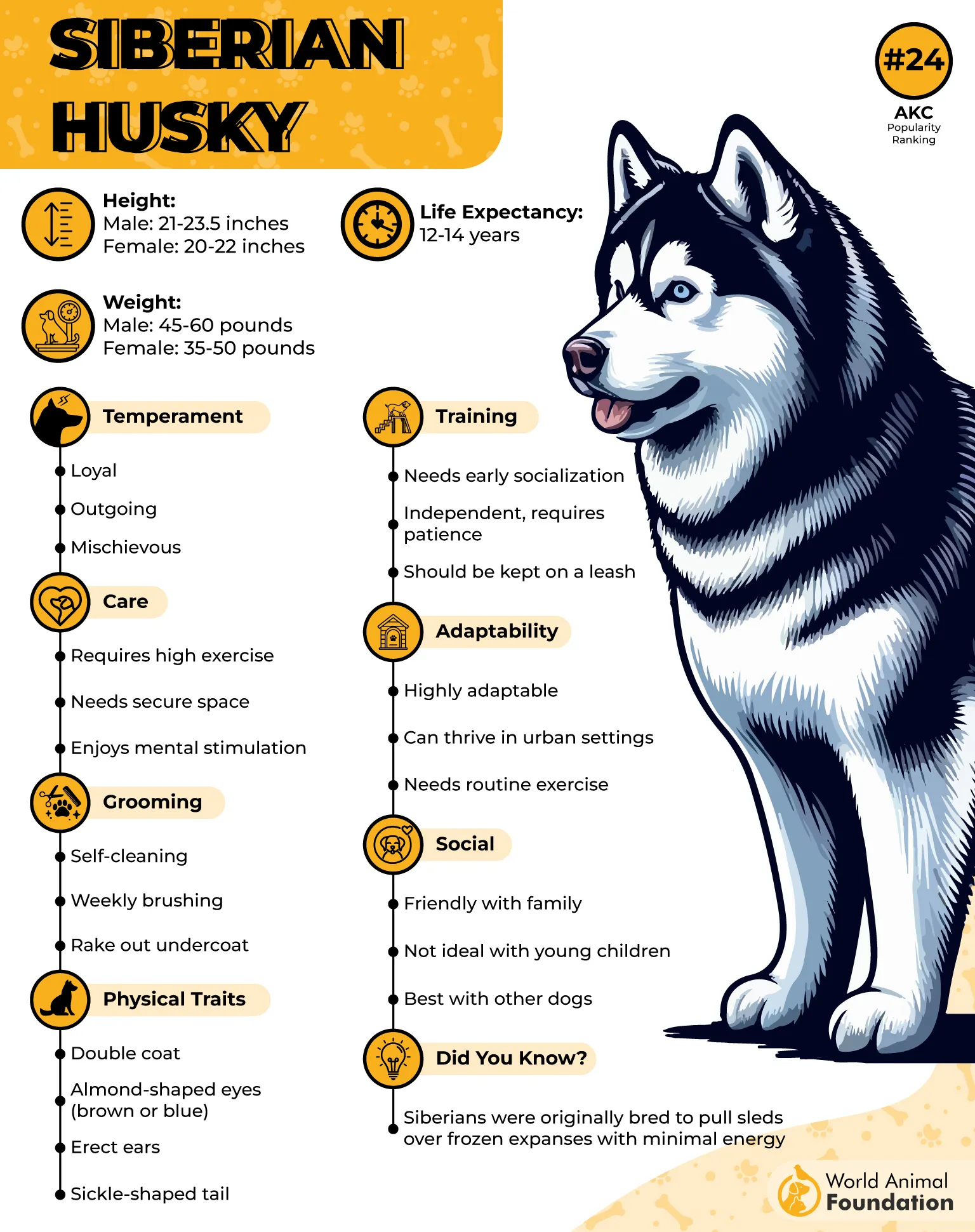
People often lump Huskies into the “dangerous dog breeds” category because of their wild appearance and high energy. The truth is, they’re more likely to steal your sandwich and run laps around the house than pick a fight.
Drama queens: If they don’t like something, the whole neighborhood will hear about it.
Too friendly to be guard dogs: They’ll welcome intruders with tail wags and possibly a tour of the house.
Independent thinkers: “Come” is a suggestion, not a command.
Huskies have such a strong prey drive that owners often struggle to call them back once they catch sight of a squirrel or rabbit. Due to multiple reported attacks, some cities in the U.S. and Canada have implemented breed-specific restrictions on huskies.
Huskies aren’t aggressive; they’re just stubborn, vocal, and hilariously opinionated. They need tons of exercise, attention, and preferably a snow-covered yard—or they’ll turn your couch into a chew toy. Not dangerous… unless you’re allergic to hair. Lots and lots of hair.
5. Alaskan Malamute
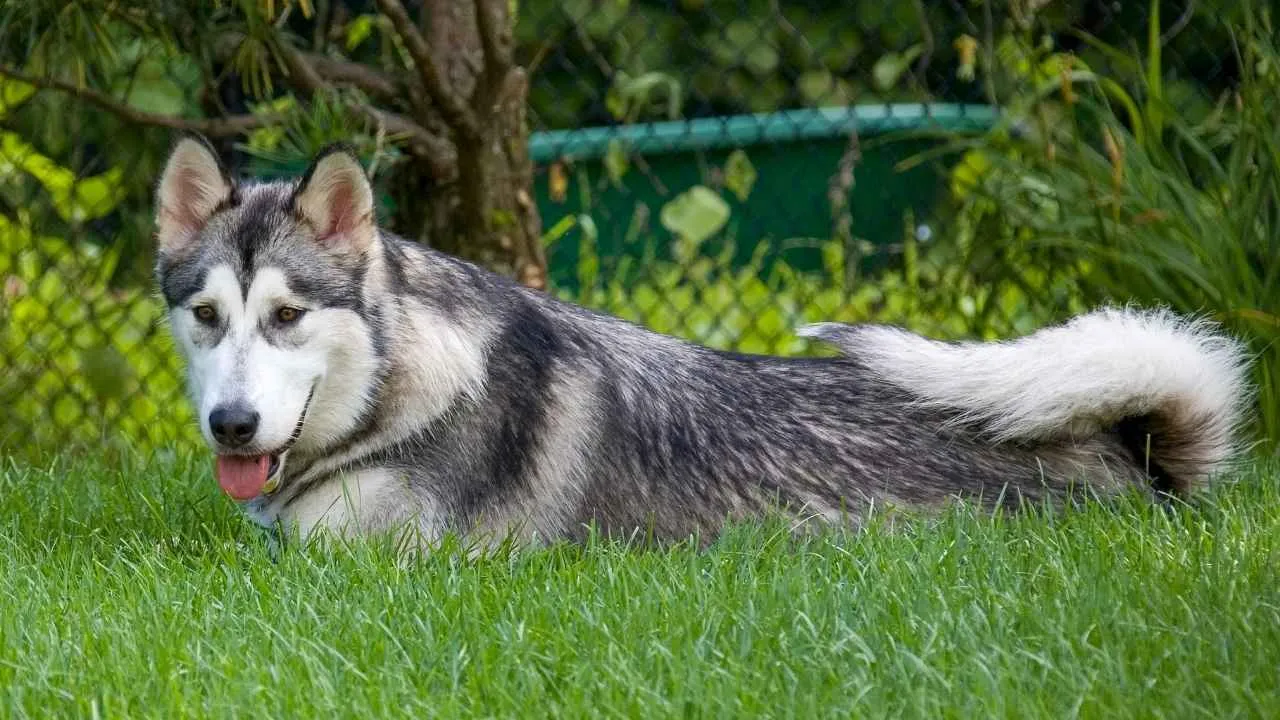
Think of the Alaskan Malamute as the Husky’s bigger, fluffier, and even more stubborn cousin. These gentle giants were bred to haul heavy loads across freezing terrain, so they’re strong, determined, and have an engine that doesn’t quit. Sounds intimidating, right? Until they roll over like a giant baby for belly rubs.
Alaskan Malamutes typically stand about 23 to 25 inches tall at the shoulder and weigh between 75 to 100 pounds, with males usually being larger than females. They are sturdy, powerful dogs built for strength and endurance.
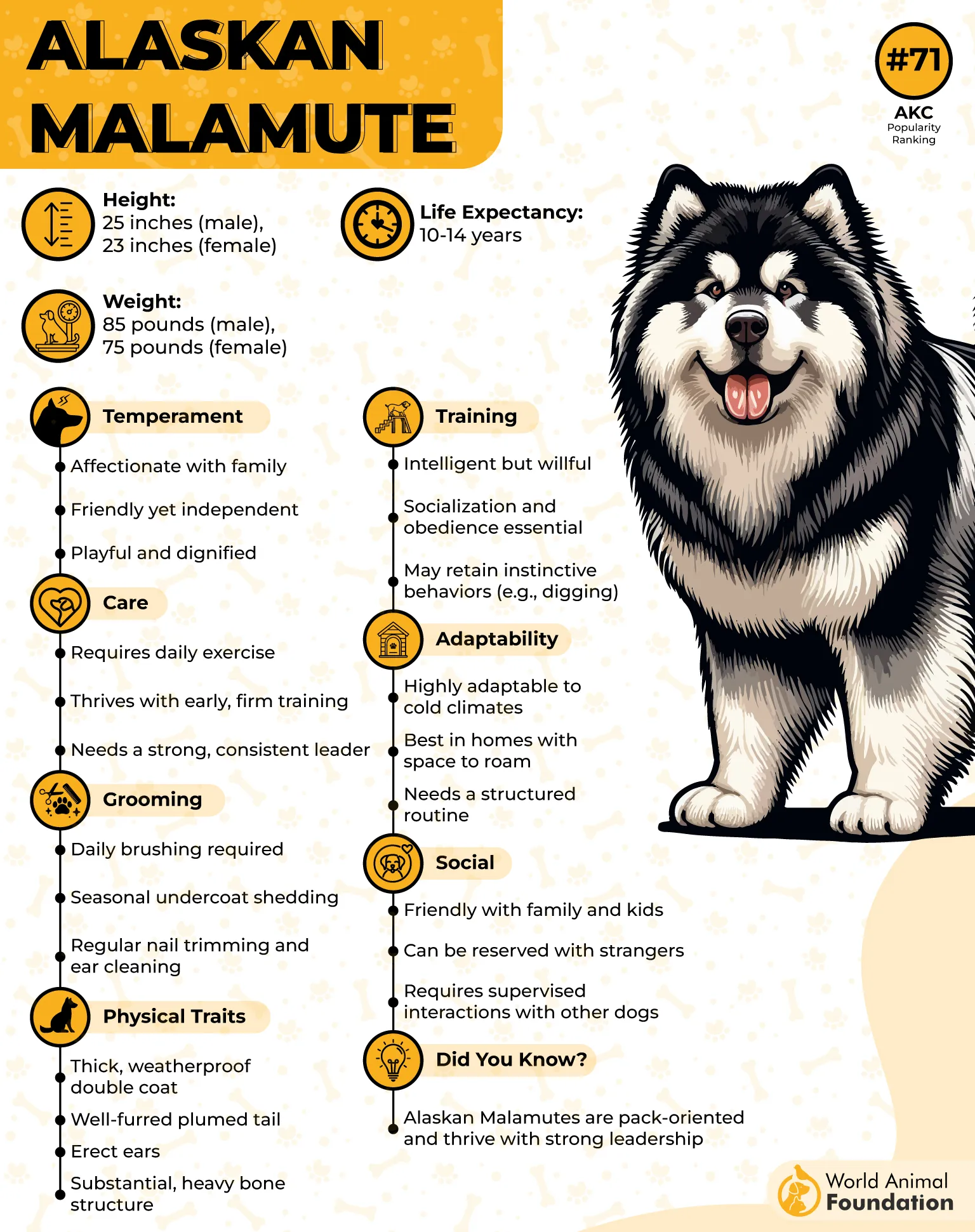
Because of their size and strength, people sometimes assume Malamutes are aggressive. In reality, they’re lovers, not fighters—unless the fight involves digging up your garden.
Loyal and affectionate: They’ll bond with you like Velcro—with fur.
Terrible watchdogs: They’ll help a burglar unpack.
Playful but headstrong: Training a Malamute requires patience… and snacks. Lots of snacks.
When Malamutes don’t get enough exercise, they tend to channel their built-up energy into aggressive behaviors, such as territorial displays and asserting dominance over other dogs.
After they’ve had enough exercise, Alaskan Malamutes become wonderful couch companions who enjoy affection from their favorite people. They are curious by nature and love being the focus of attention at home.
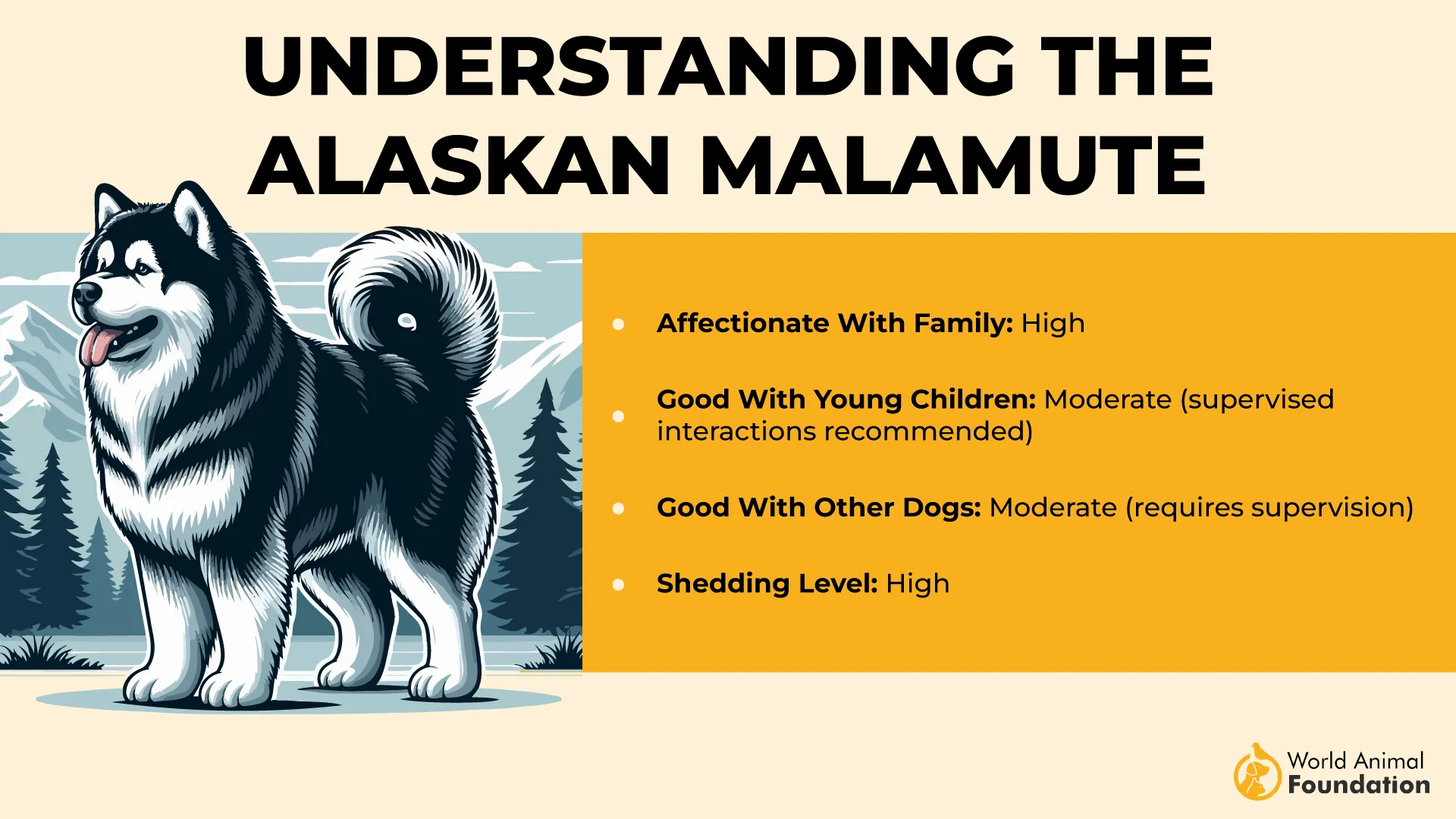
Alaskan Malamutes need structure, space, and cool climates (hot weather turns them into furry puddles). They’re not naturally vicious, just naturally dramatic, independent, and a bit like living with a majestic, oversized toddler who refuses to do what he’s told—but looks fabulous doing it.
6. Doberman Pinscher
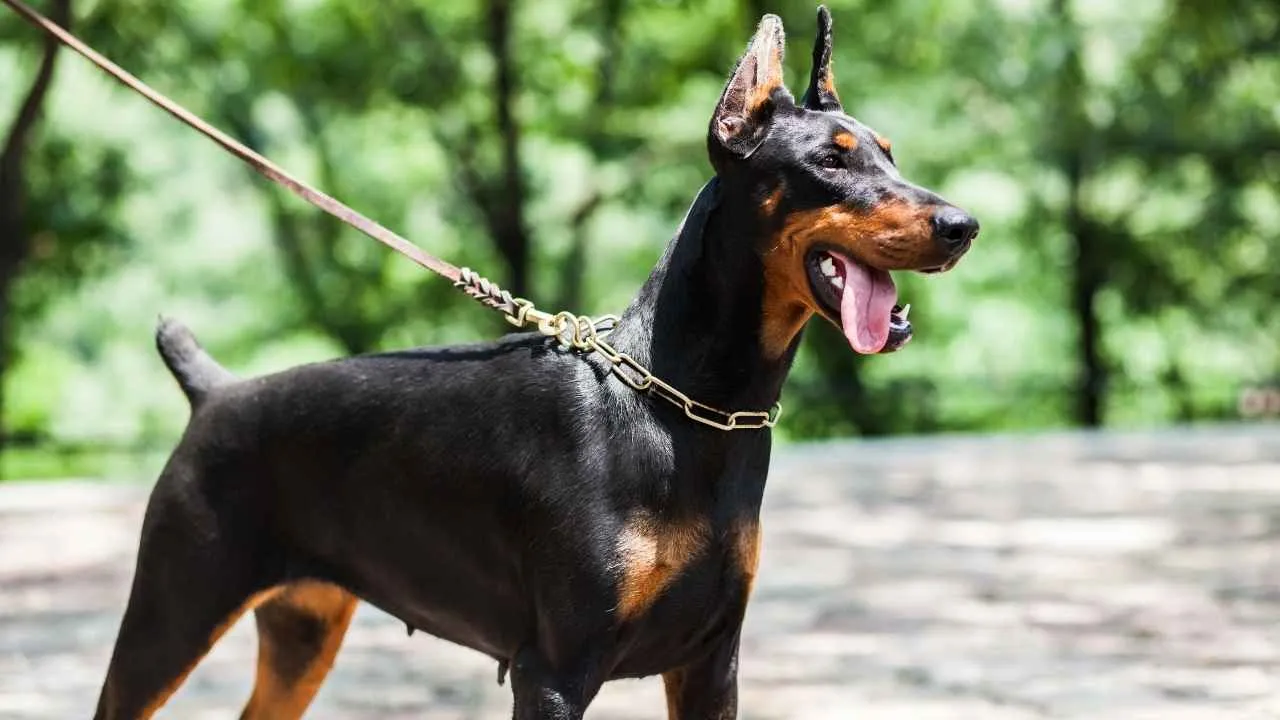
The Doberman Pinscher—sleek, sharp, and basically the canine version of a secret agent in a tux. With their pointy ears, piercing eyes, and laser-focused presence, Dobermans have long been the poster dogs for “Don’t mess with me.” But beneath that elite bodyguard exterior? A total softie who just wants your approval and maybe your couch.
Although Dobermans are frequently kept as family pets, they are also widely employed in roles such as security, police work, and search and rescue. As a large breed, Dobermans usually stand between 24 and 28 inches tall and weigh from 60 to 100 pounds.
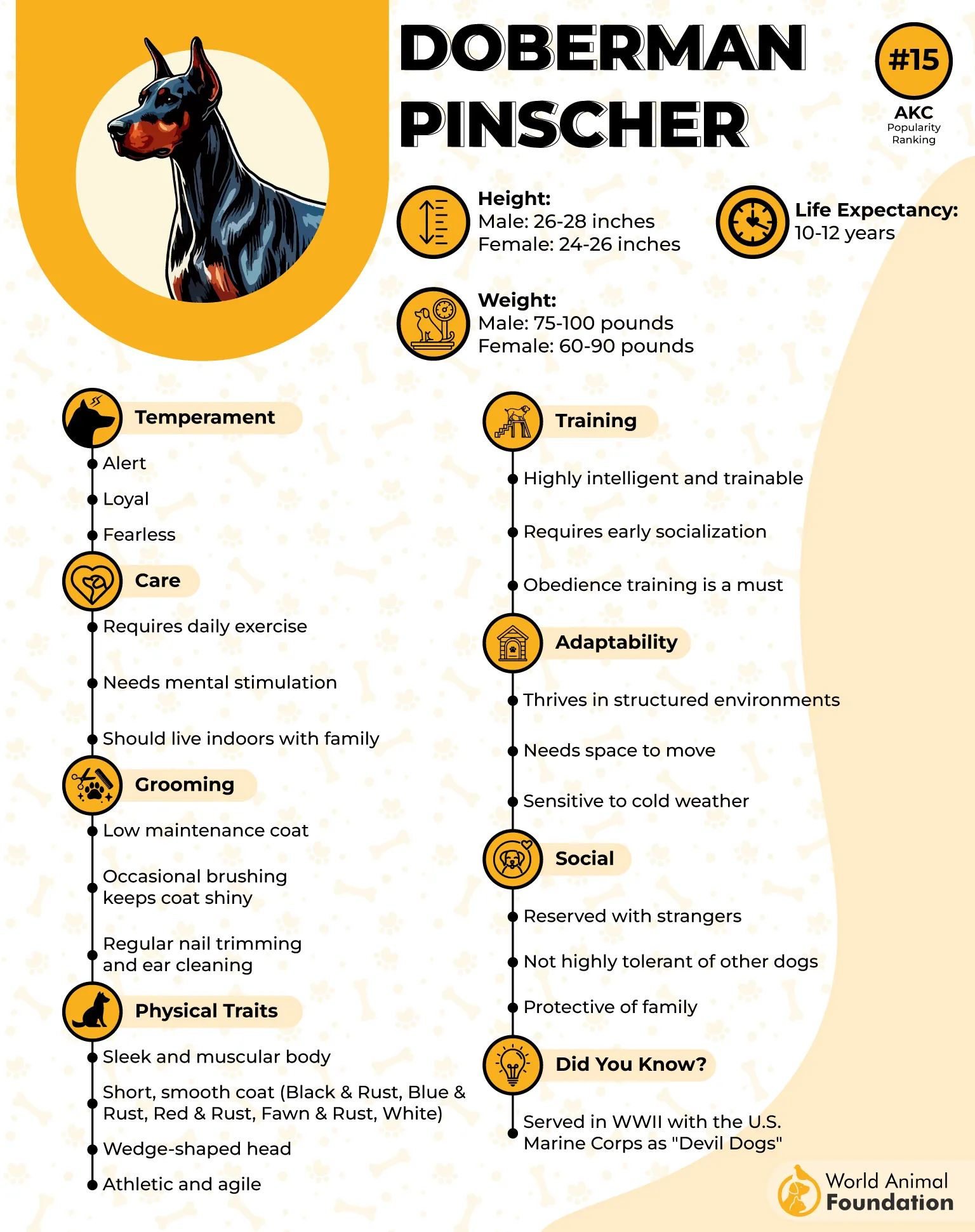
Sure, they’ve been used as guard dogs and police K9s, which adds to their tough-guy image. But that’s more about brains and loyalty than brawn and bite.
Brainy and bossy: They learn fast but might think they know better than you.
Velcro dogs: They want to be next to you. Always. Even in the bathroom.
Protective nature but polite (when trained): Like a gentleman with muscles.
PDSA states that Malamutes tend to be vocal, but the amount they bark or make noise varies depending on the individual dog.
Yes, a Doberman can be intimidating, but with the right socialization and leadership, they’re affectionate, obedient, and low-key goofballs in a sleek, action-hero package. Vicious? Only to squeaky toys and suspicious squirrels.
7. Akita
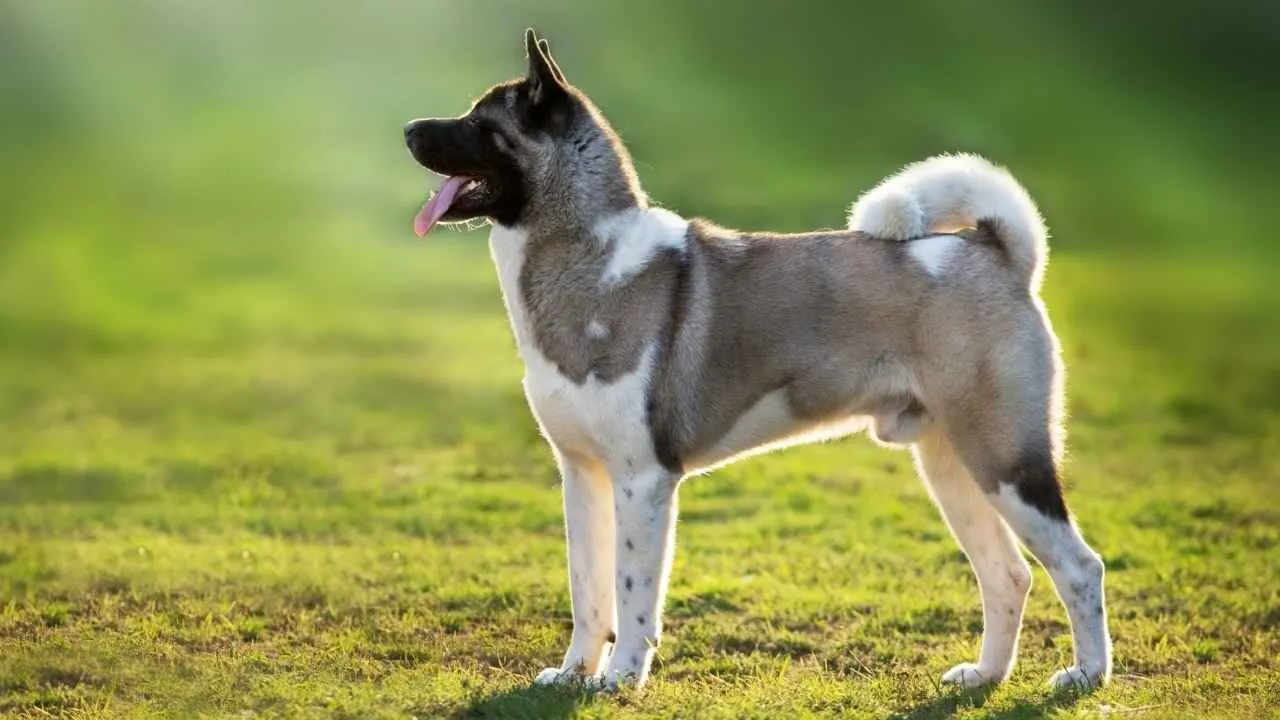
The Akita is the strong, silent type—like a samurai in fur. With their sturdy build, thick coat, and stoic expression, they’re the kind of dog that could walk past a marching band without flinching. But don’t mistake their calm demeanor for submission—Akitas don’t do anything they don’t want to, and they do it with style.
Originally bred in Japan to hunt big game (we’re talking bears), Akitas are strong, fearless, and fiercely loyal to their families. But they don’t hand out friendship freely—you have to earn it.
Akitas share many similarities with Shiba Inu dogs, such as a foxlike face, pointed triangular ears, a thick, plush coat, and a fluffy tail that curls over their back. Akitas are much larger, typically weighing between 70 and 130 pounds and standing 24 to 28 inches tall.
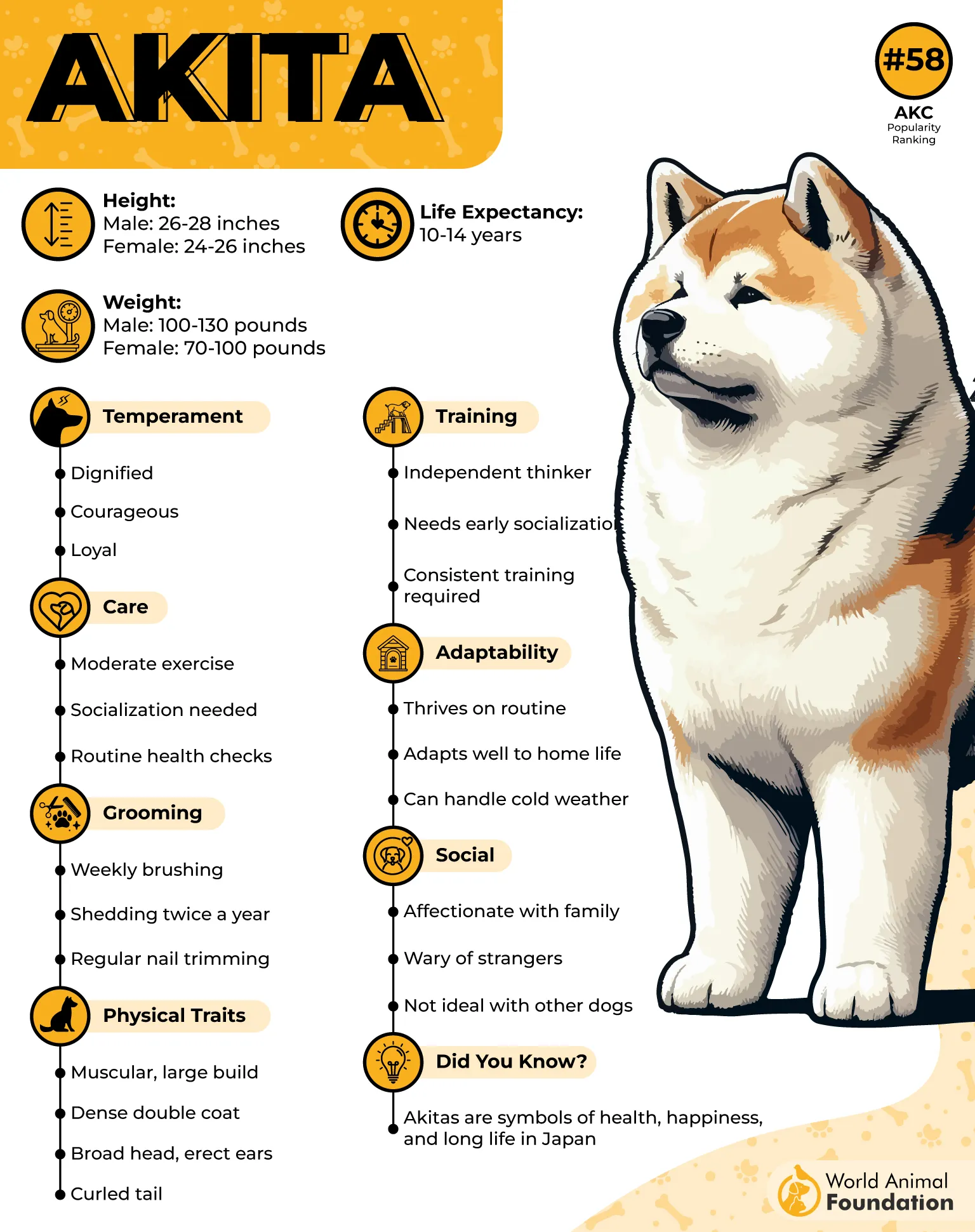
Dignified and reserved: They’re not the “let’s play with every dog at the park” type.
Devoted guardians: If you’re in their circle, they’ll protect you like royalty.
Independent thinkers: They don’t fetch. They evaluate.
With strangers, they can be aloof or territorial. With their people? Cuddly, calm, and deeply affectionate. Just don’t expect them to perform tricks for treats—they’ve got pride, after all.
Akitas demand respect and consistent training, as they have been involved in several aggressive dog-on-dog attacks, leading to breed-specific restrictions in certain regions.
Akitas have a strong-willed nature and were originally bred to work independently. Because of this, they need consistent training and socialization from an early age to do well. PetMD noted, they are best suited for experienced dog owners who can handle their unique temperament when raising a puppy.
Akitas aren’t naturally a dangerous dog breed, but they do need experienced owners who understand their complex personalities. Think of them as the strong, silent protector in your life—wrapped in a gloriously fluffy coat.
Conclusion
In evaluating vicious dog breeds, it’s crucial to understand that certain breeds are often labeled the most dangerous dog breeds due to their strong instinct, powerful bite force, and history of fatal attacks. Other dangerous dog breeds —such as pit bulls, German Shepherds, Chow Chows, Great Danes, and wolf hybrids— aren’t mentioned above but are also considered dangerous breeds. Dog bite statistics reveal a high number of serious dog attacks, fatal dog attacks, and dog bite injuries requiring victims to seek medical attention immediately. These high-risk dog breeds, often used as fighting dogs or police dogs, can pose a danger if not properly trained and socialized from a young age.
Even Labrador retrievers, mixed breeds, and other dog breed types can display dangerous behaviors if neglected. Many insurance companies recognize the risks and may limit coverage for dogs dangerous to other animals, smaller animals, and human beings. Dog owners and prospective owners must take responsibility to teach children, ensure proper training, and be cautious around unfamiliar dogs and larger dogs. Remember, with a large total dog population, any breed, if not raised right, can be a threat to other dogs and people.


